Regarding cloud computing, giants like AWS, Google Cloud Platform (GCP), and Microsoft Azure dominate the market, offering robust solutions that cater to a wide range of business needs. However, these top-tier platforms are only sometimes the perfect fit for some organisations. Exploring alternatives can be a strategic move, whether due to pricing, specific feature requirements, or needing a more specialised service.
In this blog, we'll explore the top alternatives to AWS, GCP, and Azure, providing a comprehensive overview of other cloud providers. These alternatives cater to various needs, from cost-effectiveness to enhanced security features, and are tailored to fit various industries. This list will help you make an informed decision about your unique cloud strategy.
When evaluating alternatives to AWS, GCP, and Microsoft Azure, aligning your choice with your specific business requirements is crucial. Here are some essential categories to consider:
Assess the cloud provider's flexibility. Choosing a provider with open standards like Kubernetes, OpenStack, or Terraform can prevent deep vendor lock-in by allowing you to easily migrate your applications and data between different cloud environments. This flexibility ensures that you are not overly dependent on a single vendor, reducing potential risks and enhancing your ability to adapt to changing business needs.
High-quality documentation is a critical factor in selecting a cloud provider. Comprehensive and clear documentation can drastically reduce the learning curve, speed up deployment, and simplify troubleshooting. Providers with well-maintained documentation can save you time and reduce the chances of misconfigurations that could lead to downtime or security vulnerabilities.
Look for cloud services that offer transparent pricing, pay-as-you-go models, or discounts for long-term commitments. These will help you manage your IT budget effectively.
Focus on providers that guarantee high availability and have a strong track record of uptime. Also, consider their disaster recovery and redundancy options to ensure continuous service.
If your business prioritises data sovereignty, compliance, or low-latency access, consider cloud providers with data centres in the regions you have users in.
Evaluate how well the provider supports scaling resources up or down as your business grows or demand fluctuates. The ability to quickly adjust capacity can be critical in dynamic environments.
Examine the provider's security measures, including data encryption, access controls, and compliance certifications (like GDPR or HIPAA). This is especially important for industries with strict regulatory requirements.
Consider the provider's network infrastructure and performance capabilities. Providers with low-latency networks and powerful processing options can enhance the speed and responsiveness of your applications.
Reliable customer support is vital, especially during critical incidents. Evaluate the provider's support options, including availability, responsiveness, and the level of technical expertise offered.
Look for providers that offer customization options and seamless integration with your existing systems, software, and workflows. This can significantly enhance your operational efficiency.
By considering these categories, you can make an informed decision when choosing a cloud provider that meets your immediate needs and supports your long-term business objectives.
When considering alternatives to AWS, GCP, and Microsoft Azure, it’s crucial to analyse each provider based on key factors such as cost, reliability, scalability, and more. Below is a breakdown of the strengths and considerations for each of the alternatives:

How It's Different: IBM Cloud stands out for its hybrid cloud capabilities, enabling seamless integration between on-premises and cloud resources. This makes it particularly valuable for enterprises with complex IT infrastructures that must bridge legacy systems with cloud-based solution.
Unique Feature: IBM Cloud's deep integration with Watson AI provides robust capabilities for data-driven applications, making it a strong competitor alongside AWS, GCP, and Azure.
Getting Started: IBM requires standard KYC and credit card information. A free tier is available for 40+ services, but the offerings are more limited than those of major providers.
Disadvantages: IBM's pricing and services are complex, which can be a barrier for smaller companies, and its strong integration with IBM's ecosystem might create dependencies.
IBM Cloud offers a variety of pricing models to meet different business needs. Users can start with a free tier with access to over 40 services, like IBM Watson APIs, and receive a USD $200 credit for 30 days to explore additional offerings. For flexibility, the pay-as-you-go model allows users to pay only for what they use each month, with no long-term commitments. Those looking for discounts can choose subscription plans by committing to a specific spending level or reserve capacity in advance for 1- or 3-year terms at reduced rates. To assist in planning, IBM provides a cloud price calculator to help users estimate costs based on their configurations.
.avif)
How It's Different: OCI is designed specifically for high-performance workloads, excelling in Oracle database and application environments. This makes it an excellent choice for businesses already utilising Oracle products.
Unique Feature: OCI's performance in database workloads, particularly with Oracle databases, is highly optimised, offering a level of integration that complements Oracle products effectively.
Getting Started: You must provide KYC and credit card details. The 30-day free trial includes $300 in credits for exploration.
Disadvantages: OCI's strength in Oracle products can be a double-edged sword, leading to potential vendor lock-in and less flexibility for businesses not using Oracle software.
Oracle Cloud services follow a pay-as-you-go pricing model, with costs determined by various components like compute services and storage. For example, pricing for computer services depends on the number of Virtual CPUs (VPUs) and storage used, with rates such as $0.017 per hour for 10 VPUs. Storage costs, like low-memory options up to 10 GB, are charged at $0.0194 per GB per hour. Additionally, Oracle offers support rewards that can help reduce overall costs based on spending. For Amazon RDS for Oracle, there are two pricing models: On-Demand Instances, which are pay-per-hour, and Reserved Instances, which require a long-term commitment. The complexity of Oracle's pricing, which varies by product, licensing model, and usage, makes it crucial for businesses to carefully evaluate their needs and potential costs.
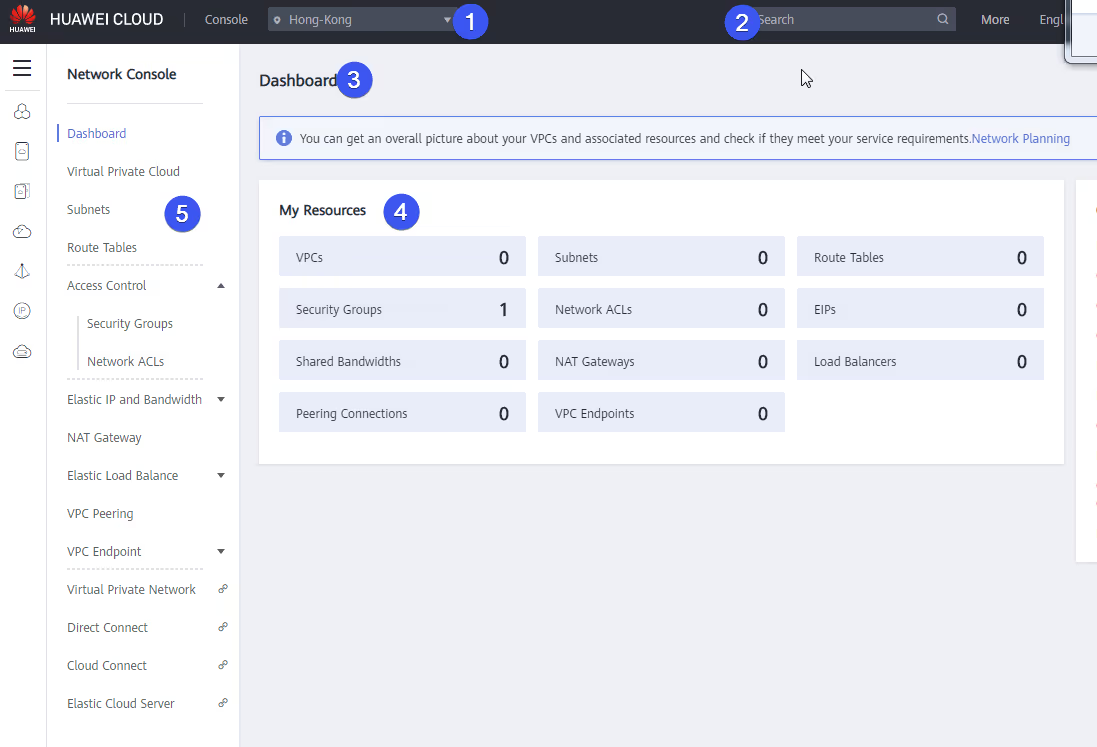
How It's Different: Huawei Cloud is known for its strong AI and IoT offerings, making it suitable for technology-driven projects. Its strong Asian presence makes it a top choice for businesses targeting this region.
Unique Feature: Huawei's strong integration with AI and IoT technologies provides a unique advantage for tech-heavy projects, distinguishing it from the more general-purpose services of AWS, GCP, and Azure.
Getting Started: Standard KYC and credit card are required. The free tier offers limited resources, ideal for initial testing.
Disadvantages: Huawei's focus on the Asian market may limit its appeal to businesses with global operations, and there are potential geopolitical risks to consider.
Huawei Cloud offers flexible billing options tailored to different business needs. The pay-as-you-go model allows you to pay only for what you use, with no upfront payments required. For those seeking discounts, yearly or monthly subscriptions offer better rates the longer you subscribe, and increased usage leads to lower prices. Huawei Cloud also provides cost optimization tools, including a Cost Center for analysing expenditures, tracking budgets, and identifying savings opportunities, as well as real-time cost estimation and expenditure analysis to detect cost anomalies. Pricing generally depends on factors like resource usage, storage capacity, network traffic, and data transfer, with specific rates for Cloud Storage available on a pay-as-you-go basis.
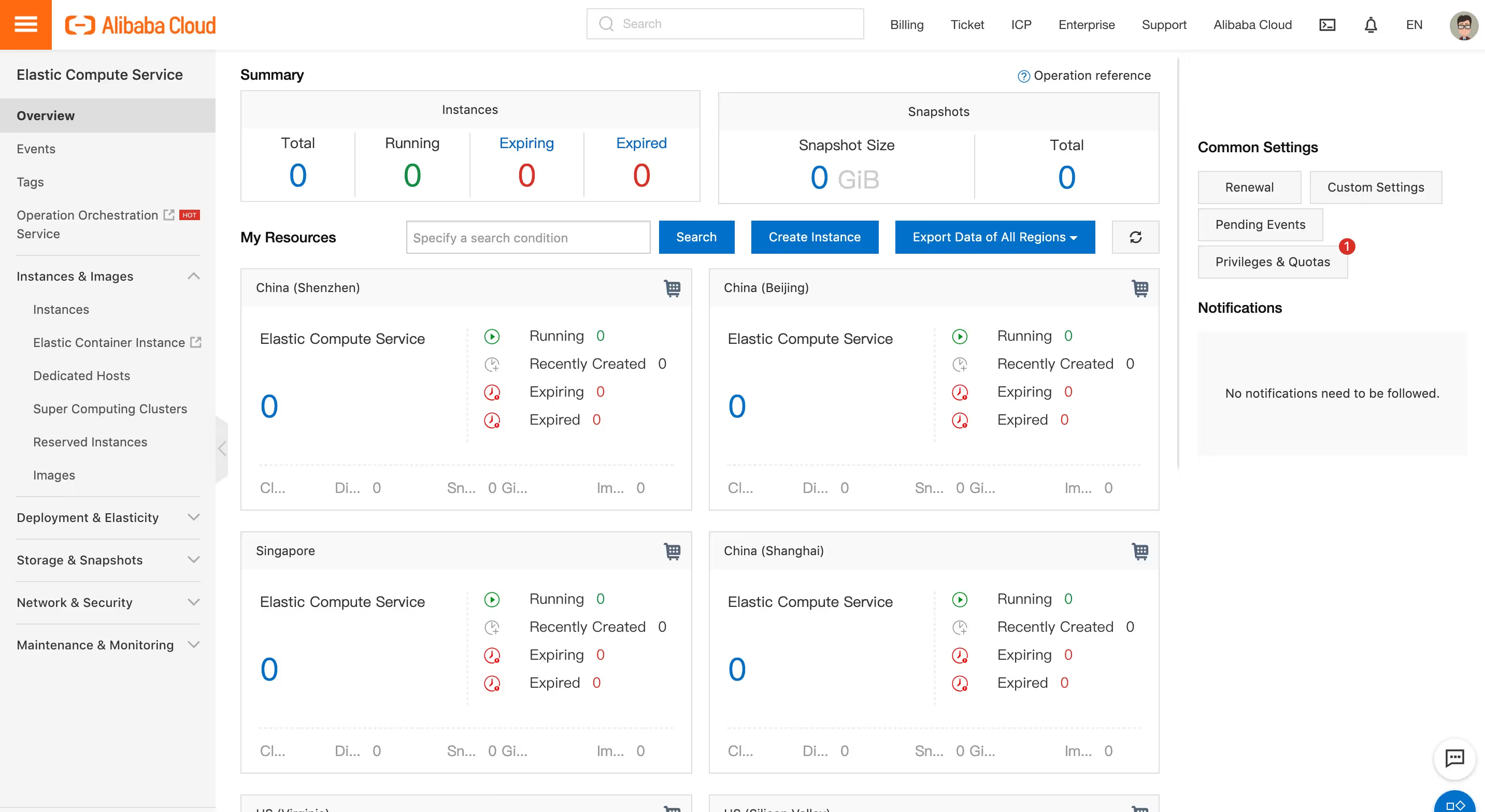
How It's Different: Alibaba Cloud is built for scalability, especially in e-commerce and large-scale operations. Its strength is supporting massive operations like those within Alibaba's ecosystem.
Unique Feature: Alibaba Cloud excels in supporting large-scale e-commerce platforms, providing specialised solutions highly efficient for such operations. It offers a specialised solution that general-purpose providers like AWS, GCP, and Azure may not fully cater to.
Getting Started: KYC and credit card details are required. The free tier lasts 12 months and includes 40+ products, which is beneficial for small-scale exploration.
Disadvantages: The focus on the Asian market means that performance and support outside Asia might not be as robust, leading to potential latency and compliance issues.
Alibaba Cloud offers flexible and cost-effective pricing options for its cloud services, catering to a wide range of customer needs. Key pricing models include pay-as-you-go, subscriptions, and reserved instances, with competitive rates designed to provide value. Alibaba Cloud also offers flexible support plans, ranging from free options to premium plans costing up to $8,000 per month. To assist customers in planning, a pricing calculator is available to estimate costs before committing. Outbound data transfer is billed based on the region and amount of data, with a free monthly quota of 50 TB available until December 31, 2024. Additionally, their serverless computing service, Function Compute, is billed on a pay-as-you-go basis, with a free tier offering 1 million requests and 400,000 GB-seconds per month.
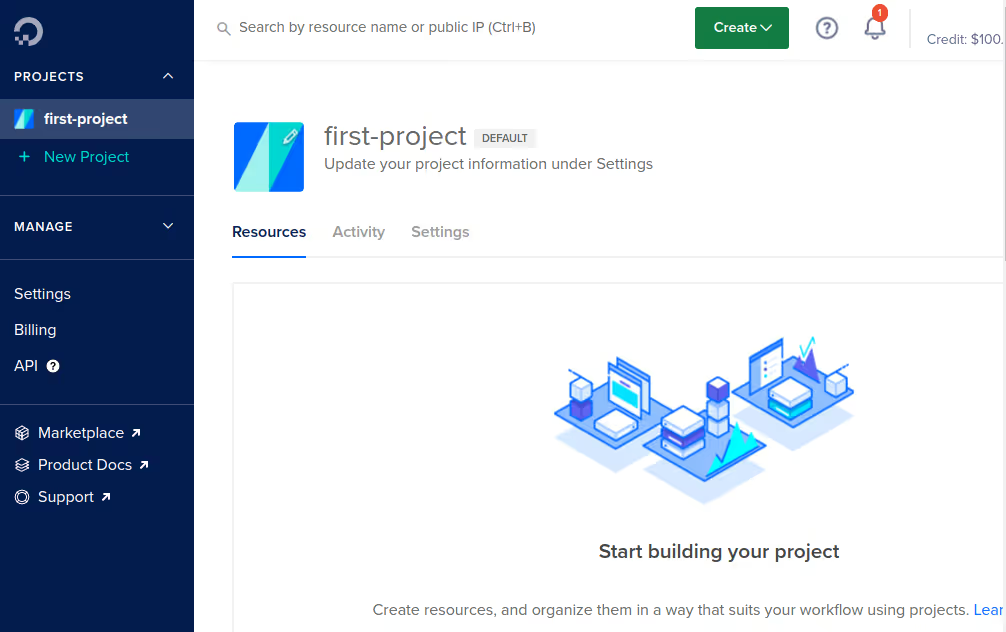
How It's Different: DigitalOcean is designed for simplicity and ease of use, making it ideal for small—to medium-sized applications and startups. It's particularly well-suited for developers looking for a straightforward deployment process.
Unique Feature: DigitalOcean's simplicity and developer-friendly environment distinguish it from the more complex environments of AWS, GCP, and Azure.
Getting Started: Minimal KYC and credit card requirements make it easy to get started. The free tier is available, making it suitable for testing and learning.
Disadvantages: While DigitalOcean is tailored for smaller projects, it may lack some advanced features and enterprise support that are more robust in providers like AWS, GCP, and Azure, though improvements are ongoing.
DigitalOcean offers a range of cloud services with transparent, usage-based pricing. Their virtual machines, called Droplets, start as low as $4/month for basic configurations with one vCPU and 1 GiB RAM, ideal for low-traffic sites and development. Standard Droplets range up to $168/month for CPU-optimised setups, while Premium Droplets, which offer enhanced performance, begin at $10/month. Additional services like Block Storage are priced at $10/month for 100 GB, Object Storage starts at $5/month for 250 GB, and Load Balancers are available for $12/month. Managed databases, including options like PostgreSQL and MySQL, start at $15/month, and managed Kubernetes services begin at $12/month, offering scalability for diverse needs.
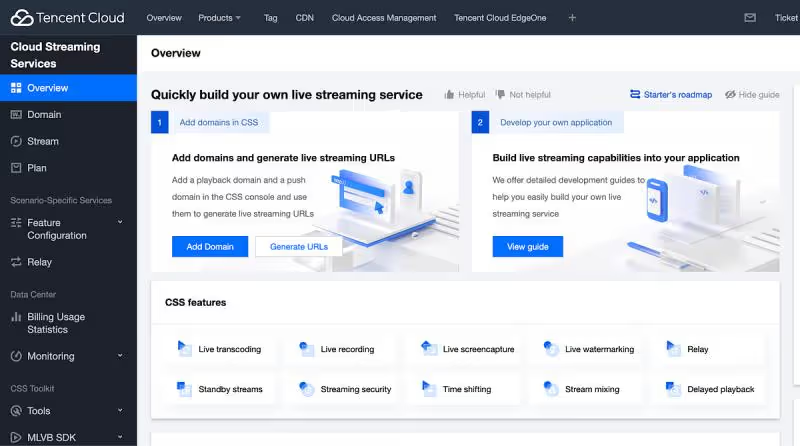
How It's Different: Tencent Cloud is powerful in serving businesses targeting the Chinese market, with robust solutions for gaming, media, and social networking.
Unique Feature: Tencent Cloud's deep integration with its ecosystem, especially for gaming and social media, provides specialised tools that are highly effective within these sectors.
Getting Started: You must provide KYC and credit card details. A free tier with limited resources is available for exploration.
Disadvantages: The heavy focus on China can be a limitation for global businesses, and there may be compliance challenges outside the Asian market.
Tencent Cloud offers a range of pricing models and services tailored to different business needs. Their free tier includes over 40 cloud product packages, allowing users to explore services at no initial cost, such as 1,000 free emails per account—the pay-as-you-go model bills users based on actual usage, offering flexibility with no upfront commitments. For businesses with more extensive resource needs, Tencent Cloud's tiered pricing model provides discounts, reducing costs as usage increases. Cloud Object Storage (COS) services are designed for high-volume storage and disaster recovery. At the same time, security solutions like Web Application Firewall (WAF) and Anti-Cheat Expert (ACE) cater to applications and gaming. However, detailed pricing for these services is available directly on Tencent Cloud's pricing page.
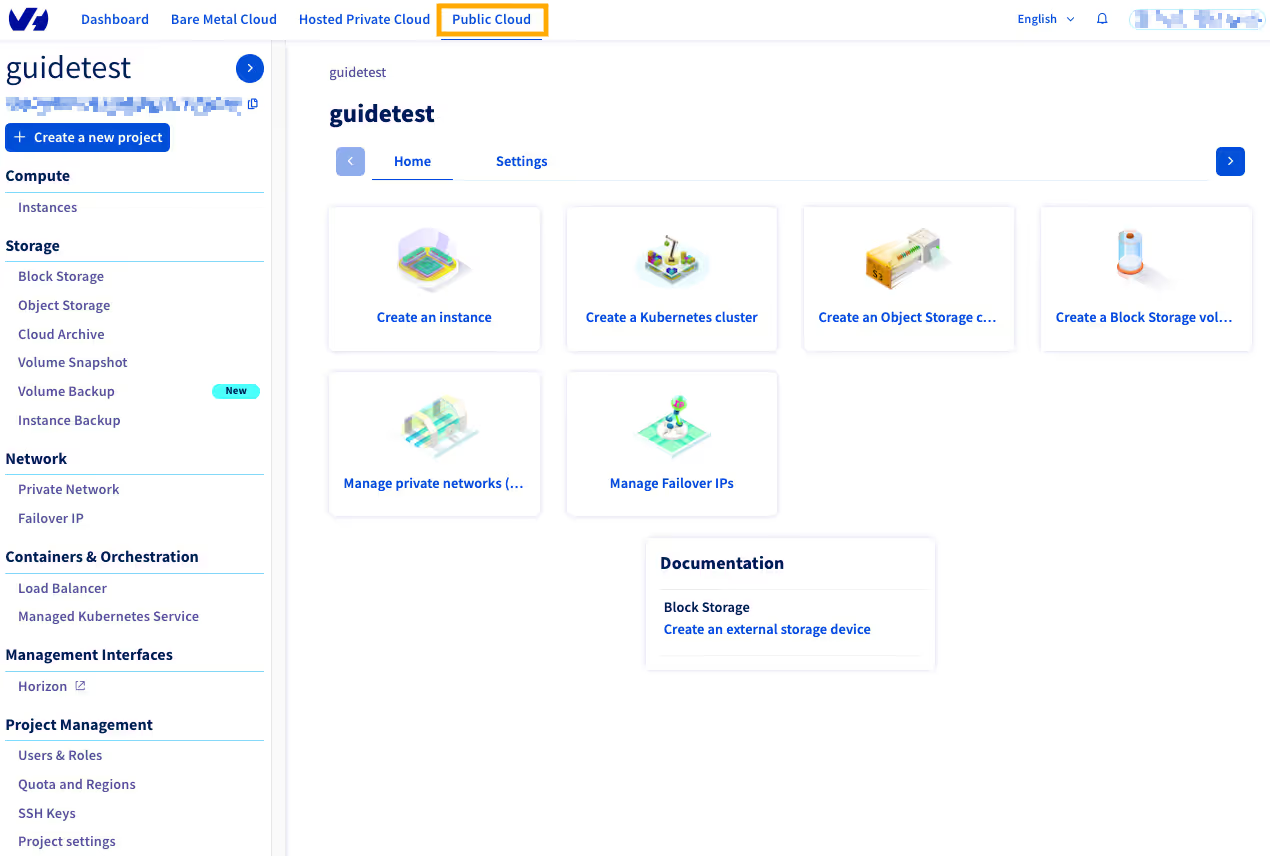
How It's Different: OVHcloud offers scalable solutions with a strong focus on the European market, making it ideal for businesses prioritising GDPR compliance and European data sovereignty.
Unique Feature: OVHcloud's commitment to GDPR compliance and European data protection sets it apart from the more globally focused providers.
Getting Started: Standard KYC and a credit card are required, and a 30-day free trial offers access to various services.
Disadvantages: OVHcloud's pricing is often competitive, focusing on cost-effective solutions for small to medium enterprises.
OVHcloud offers cloud services with clear and straightforward pricing across its various solutions, including Public Cloud, VMware, and dedicated servers. For Public Cloud, pricing is available on hourly and monthly billing options, such as ₹4.22 ex. GST per hour for a b3-8 instance (8 GB RAM, two vCores, 50 GB NVMe storage) and ₹1.16 ex. GST per hour for a Load Balancer. For VMware on OVHcloud, starter packs are available, with examples like the Pack PRE 48, offering two hosts with 48 GB RAM each and 12 cores, priced at ₹1,90,558 ex. GST per month. Dedicated servers are available with configurations such as the AMD EPYC 4244P or Intel Xeon-E 2136, starting from ₹7,408 ex. GST per month. OVHcloud emphasises transparency in its pricing, with no hidden costs, and offers a free trial with ₹18,000 credit for users to explore their services.
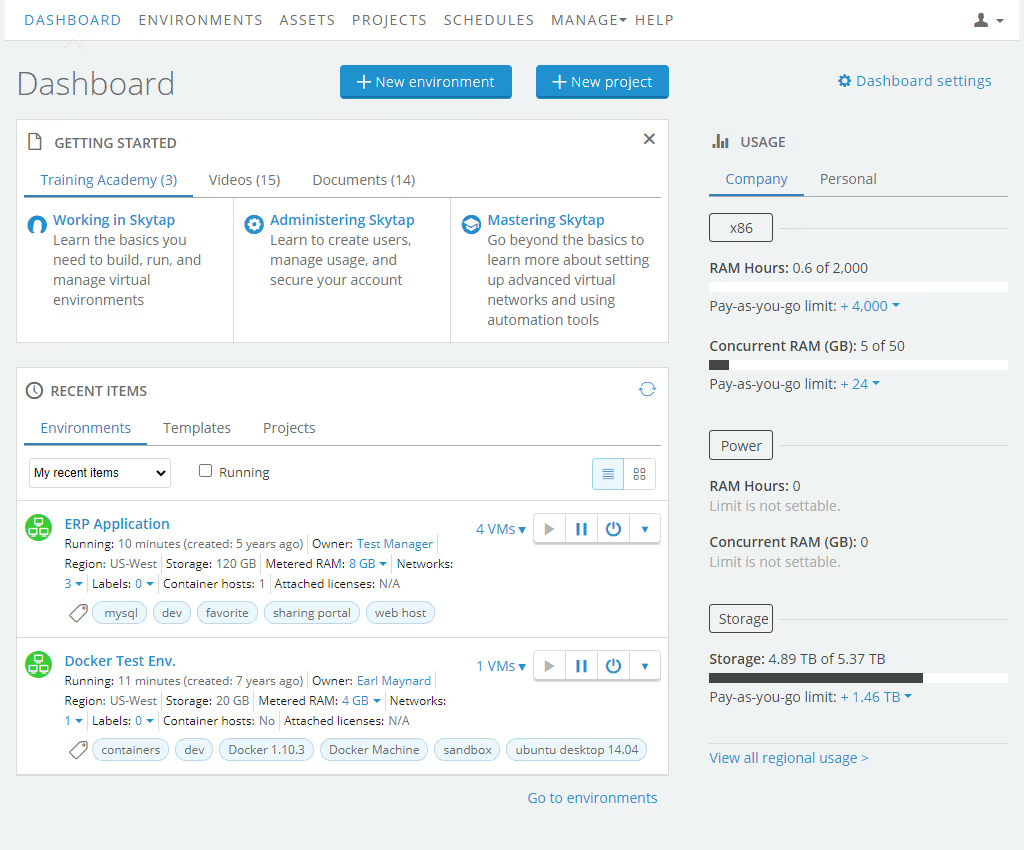
How It's Different: Skytap specialises in running traditional and IBM Power Systems workloads, offering a cloud environment that mimics on-premises setups. This is particularly beneficial for enterprises with legacy systems that need cloud migration without re-architecting.
Unique Feature: Skytap's ability to run legacy applications in a cloud environment without rearchitecting is a unique differentiator, providing a distinct approach compared to the tools and solutions offered by AWS, GCP, and Azure.
Getting Started: You must provide KYC and credit card details. A limited free trial is available, which is ideal for testing legacy system migration.
Disadvantages: Skytap is less suitable for modern applications, focusing more on legacy systems, which can limit its appeal for businesses looking to modernise their IT infrastructure.
Skytap offers a consumption-based pricing model for running traditional IBM Power and x86 workloads. Key pricing details include USD 0.00013 per GB per hour for storage, USD 0.0363 per GB per hour for x86 RAM, and USD 0.0715 per GB per hour for Power RAM. Public IPs are priced at USD 5.00 per concurrent IP, with IBM Power workloads reaching up to USD 1,792.00 for specific configurations. Skytap enables businesses to migrate and run applications without needing to rewrite or replatform, supporting AIX, IBM i, Linux on IBM POWER, and x86 workloads. The platform also offers self-service resource provisioning, cloneable environments, third-party high-availability integration, and automation via RESTful APIs. Skytap's support options include various tiers, from standard to premium (Developer, Enterprise, Platinum), each offering different technical assistance and response times to meet diverse business needs.
When it comes to cloud computing, AWS, GCP, and Microsoft Azure are the most prominent names, but they might only sometimes be the best fit for some organisations. This blog explored ten strong alternatives, each offering unique advantages, whether you're looking for cost savings, better scalability, or specific regional data centres.
By considering your specific needs and the factors outlined, you can find a cloud provider that perfectly aligns with your business goals, ensuring the right balance of performance, reliability, and cost-effectiveness.
Try Doctor Droid — your AI SRE that auto-triages alerts, debugs issues, and finds the root cause for you.
(Perfect for DevOps & SREs)

Install our free slack app for AI investigation that reduce alert noise - ship with fewer 2 AM pings
Everything you need to know about Doctor Droid
You might want to consider alternatives for several reasons: lower costs, specialized features that better match your specific use case, regional data centers for compliance requirements, better customer support, or simpler pricing structures. Some alternatives might also offer performance advantages for particular workloads or industries.
Evaluate your specific needs by considering factors such as: budget constraints, required features and services, geographical presence and data sovereignty requirements, scalability needs, technical support quality, and your team's familiarity with different platforms. Match these requirements against what each provider offers to find the best fit.
Yes, many alternative cloud providers offer enterprise-grade reliability with competitive SLAs (Service Level Agreements). While they may not have the market share of AWS, GCP, or Azure, they often deliver comparable uptime and performance for specific use cases. Research their track record, customer reviews, and redundancy features before making a decision.
Not necessarily. While major providers offer the broadest service catalogs, many alternatives excel in specific areas or provide all the core services most businesses need. Some alternatives focus on simplicity and ease of use rather than overwhelming feature sets. Evaluate whether you actually need all the services offered by major providers or if a more focused platform would better serve your needs.
Alternative providers often compete on price, offering more straightforward pricing models or lower costs for comparable resources. Some specialize in cost optimization for specific workloads. However, make sure to calculate the total cost of ownership, including any migration costs, potential management overhead, and the value of integrated services you might need to replace separately.
Security capabilities vary by provider. Some alternative cloud providers actually specialize in enhanced security features or compliance certifications for specific industries. Evaluate each provider's security practices, certifications (such as SOC 2, ISO 27001, or PCI DSS), encryption capabilities, and access controls. Also consider their transparency regarding security incidents and response procedures.
Migration complexity depends on how deeply integrated you are with proprietary services of your current provider. Some alternatives offer migration tools and services specifically designed to ease transitions. Consider starting with a hybrid approach or migrating non-critical workloads first to test the waters. Containerized applications tend to be easier to migrate between providers.
Yes, many alternative providers offer excellent scalability for specific use cases. However, verify that your chosen provider can support your projected growth in terms of compute resources, storage, network capacity, and geographical expansion. Ask about their largest customers and success stories with similar scaling requirements to yours.
Dr. Droid can be self-hosted or run in our secure cloud setup. We are very conscious of the security aspects of the platform. Read more about security & privacy in our platform here.
Dr. Droid can be self-hosted or run in our secure cloud setup. We are very conscious of the security aspects of the platform. Read more about security & privacy in our platform here.


